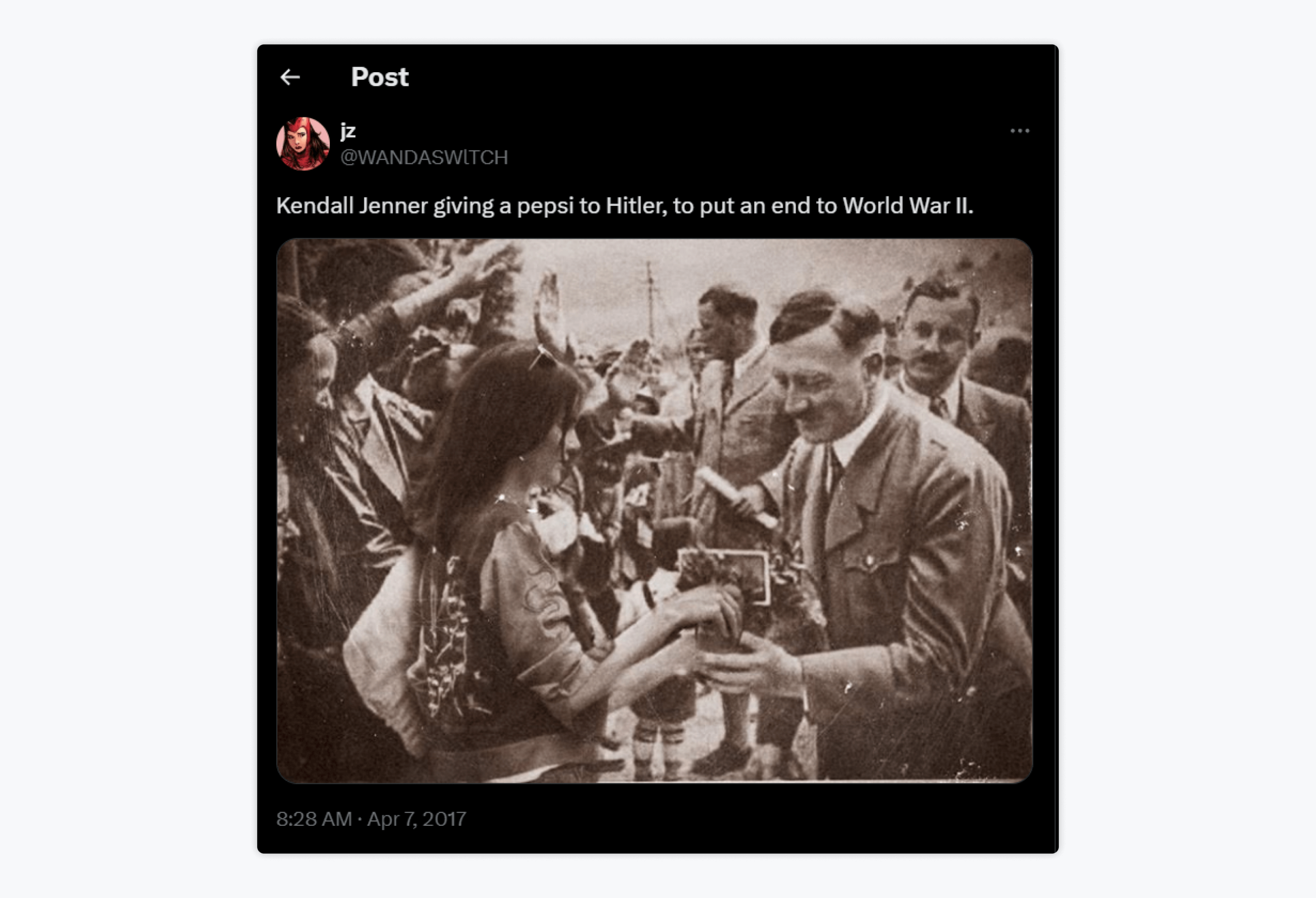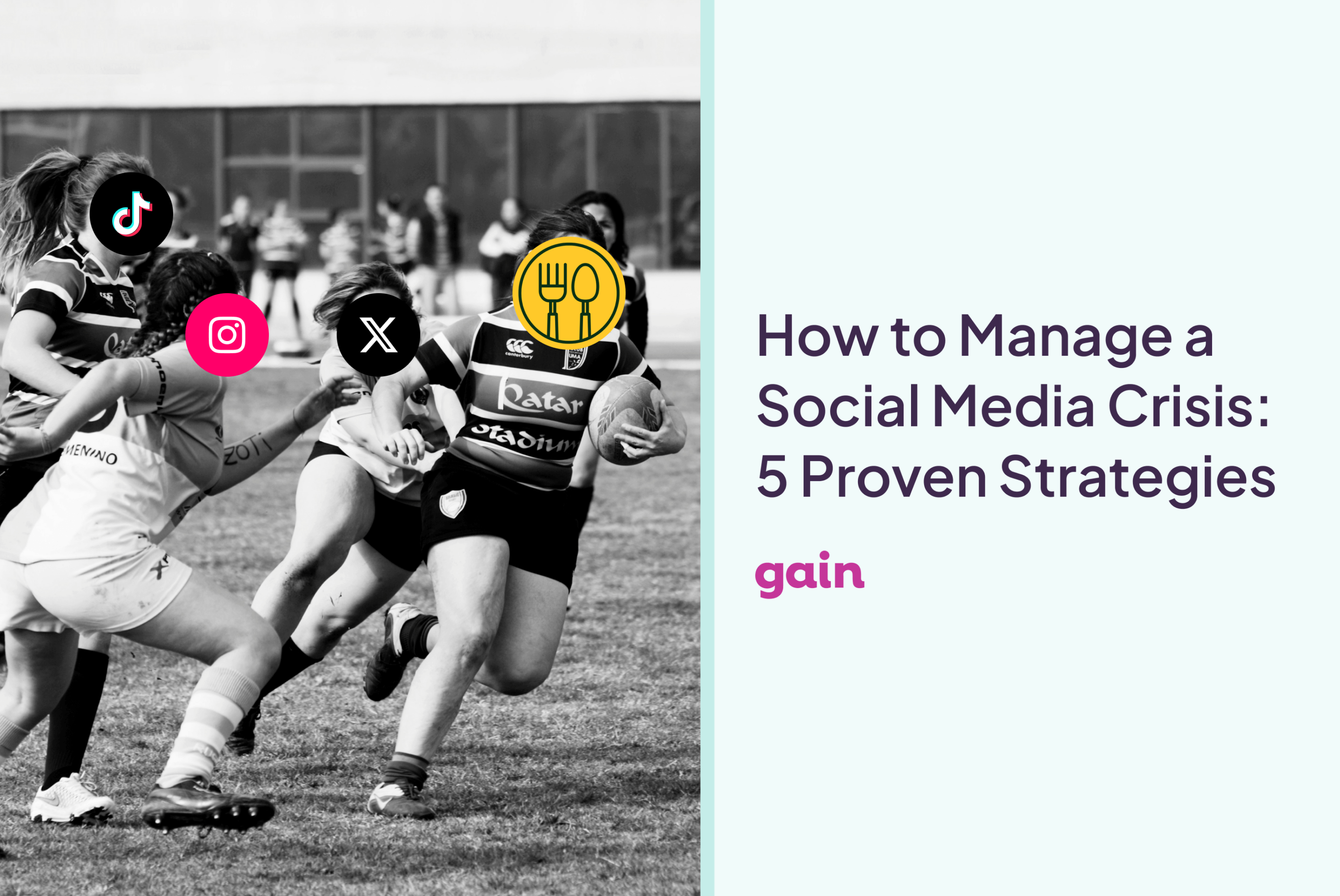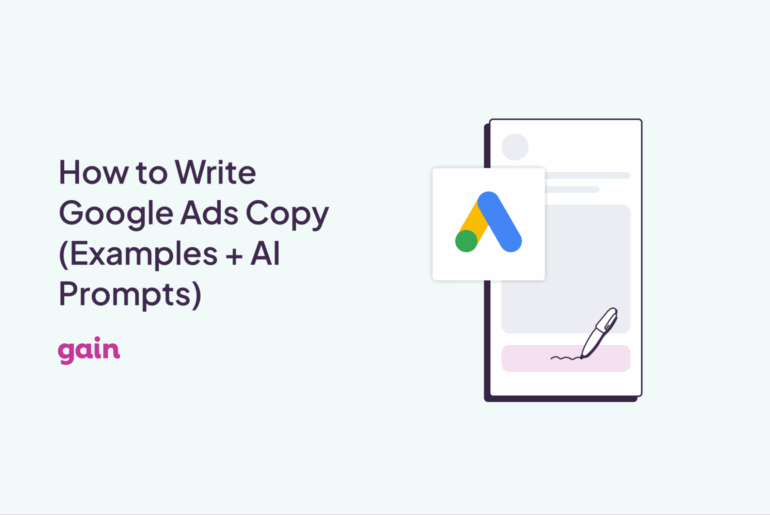A social media crisis is pretty much every brand’s nightmare. Yet even the biggest brands aren’t immune from this dreaded fate. Everyone makes mistakes. All it takes is some poor timing or bad wording, and suddenly you’re in the center of a social media storm.
Take Jaguar, for example, which recently faced a significant backlash after a controversial rebrand. The iconic car company has alienated loyal customers by abandoning its luxury image in an effort to become modern and edgy. Despite all their resources, they still made a big misstep.
In this blog post, we’ll give you our best advice for doing social media damage control. Read on for 5 effective do’s and don’ts so you know how to manage a social media crisis.
What is Social Media Crisis Management?
Social media crisis management is the process of mitigating the results of a social media disaster. The goal is to protect the brand’s reputation and recover brand loyalty. This can look like an apology, a retraction, or a policy change. Sometimes, if an individual is responsible, their position will be terminated to distance them from the brand.
Examples of Social Media Crisis
Like we said, everyone makes mistakes but for a brand with an active following, it can be catastrophic. We have previously covered some infamous examples of what not to do, but let’s look at some more social media crisis examples below.
Misuse of a Trending Topic
Capturing the cultural zeitgeist can do wonders for your online engagement. It can, however, go terribly wrong if you look like you’re trying to make a quick buck off a serious issue. Few examples demonstrate this as well as the Kendall Jenner Pepsi Ad.

Rarely has an ad seemed as tone-deaf as the 2017 Pepsi commercial that showed Jenner making peace between protesters and police officers by offering them an ice-cold Pepsi. Talk about reductive. In the wake of the Black Lives Matter protests people were understandably upset.
The backlash on social media was brutal. One X (then Twitter) user inserted Jenner into a photo with Hitler to highlight how ridiculous the ad came across.

Pepsi was forced to pull the ad and issue an apology. It makes you wonder how many people had to sign off on it. It also highlights how important it is to have diverse voices in your team and multiple rounds of approvals.

Mishandling Negative Feedback
Customers will always have complaints. In the internet age where everyone has a camera phone, companies are under more scrutiny than ever. What’s important is that you respond appropriately and de-escalate the issue.
Delta Airlines got itself into hot water in July 2024 when a passenger took photos of Delta flight attendants wearing Palestinian flag pins. Due to recent events, the flag has become a divisive image for some. This wasn’t the major controversy, but rather a post on X sent from the official Delta account responding to the photo.

This created an uproar on the internet and accusations of anti-Palestinian bias. Delta had to delete the original tweet, issue an apology, terminate the employee AND change its uniform policy to state it only allows USA flag pins. All that for one careless post on social media.
Insensitive or Offensive Posts
Humor is a useful device when humanizing your corporate face, but it’s easy to get wrong.
Burger King UK made a notorious error on March 8, 2021. While trying to promote a training scheme designed to increase the number of women in professional kitchens, they posted, “Women belong in the kitchen.” Yes, really. On International Women’s Day. Cue internet firestorm.
Their intentions may have been good but they were completely overshadowed by a slogan that came across as sexist. Initially, Burger King UK defended the tweet as a conversation starter. They eventually had to issue an apology.

5 Strategies for Managing a Social Media Crisis
As you can see, social media marketing is a fickle business. If you find yourself in a sticky situation, these 5 steps can help you find your way back into the good books.
1. Assess the Damage
The first thing you need to do is figure out just how bad the crisis is and how deep it runs. You can start by creating a timeline of events and figuring out where things went wrong.
Ask yourself:
- Who was involved?
- How long has the content been public?
- What exactly happened?
- Is it a legitimate crisis?
Gather all the facts to give yourself a better chance at crafting the appropriate response strategy.
2. Come Up With a Response Strategy
You should have a general strategy in place for how to manage a social media crisis. However, it will need to be carefully tailored to the specific issue at hand.
Start by workshopping how to respond. Can you simply delete the offending content and issue a brief apology? Or does it require something more thoughtful? This will depend on the severity of the crisis.
Is this a genuine faux pas you need to apologize for? Or is this an attack on your team or your ethos and you need to stand firm? Can it be resolved with humor? (Like KFC’s response to running out of chicken).
Once you decide on a response, ensure all relevant parties are on the same page and unify your message.
3. Own Mistakes and Apologize Sincerely
If you did mess up, the best course of action is always to be honest. Excuses never go over well with an angry audience. It’s important to acknowledge the mistake and emphasize that what happened is out of step with your brand.
Own your mistake and put in some real effort to create an apology that sounds human. Get it out as soon as possible so the conversation doesn’t continue without you.
4. Communicate Quickly via the Right Channels
Timeliness is key. The longer a crisis continues without comment, the bigger the hit to your brand’s reputation. Social media damage control must stop the chatter online. To do that, you need to communicate.
It’s good to start with whichever platform the problem occurred on and work out from there. Post a consistent message on all channels. If things are catastrophic, consider a press release or messages directly from the C-suite.
5. Prevent Crisis by Leveraging Social Media Tools for Content Proofreading and Approval
Finally, the best defense is a good offense. No crisis? No crisis management. To reduce mistakes that could lead to these types of situations, there are a few things you should never skip:
- Proofreading: This may sound obvious but having an extra set of eyes (or two) look over all your content before it goes out can catch most mistakes.
- Use a content calendar: Create a clear strategy with content queued up in advance. This can help you spot potential problems on the horizon and give you time to fix them.
- Automate your approvals process: With a tool like Gain, you can automate your content approvals. This guarantees that all your content gets seen and signed off by the right people before publication. It’s also an easy way to bring in multiple and diverse opinions. Each person in your chain increases the chance of catching an error before it goes out into the world.
The Bottom Line
We hope you now know how to effectively manage a social media crisis. More than that though, we hope you can prevent them from occuring.
And why not go a step further? Gain has a wide range of features that can reduce your chances of getting into an online crisis in the first place. Our watertight approval system has your back.
Intrigued? Try Gain for free today (no credit card required).






